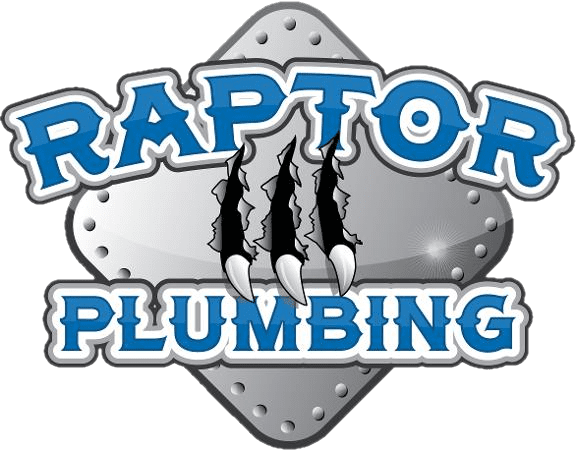Don’t Panic, Take Action: Your Step-by-Step Guide to Handling an Overflowing Toilet
It’s a homeowner’s nightmare: waking up in the middle of the night to find your toilet overflowing. As inconvenient as this emergency is, quick action can prevent extensive damage and high repair costs. This guide will walk you through the immediate steps you should take to tackle an overflowing toilet effectively.
Stop the Overflow:
- Close the Water Valve: Locate the water supply valve, usually found at the bottom side of the toilet, and turn it off.
- Remove the Tank Lid and Fix the Flapper: Lift the lid off the toilet tank and make sure the rubber flapper is properly sealing the opening at the bottom of the tank.
Contain the Spill:
- Use Towels and Rags: Use towels or rags to soak up any water that has spilled onto the floor. This prevents water damage and slipping hazards.
- Mop and Disinfect: Once the water is soaked up, mop the area with a disinfecting cleaner to eliminate bacteria and germs.
Troubleshoot and Temporarily Fix:
- Use a Plunger: Use a toilet plunger to try and clear any blockages.
- Check for Obstructions: Inspect the bowl for any visible obstructions and remove them if possible.
Stopping the overflow with a detail explanation:
An overflowing toilet can quickly escalate, causing significant water damage to your bathroom or home. Here’s a systematic approach to halting the overflow:
- Close the Water Valve:
- Every toilet is equipped with a water supply valve. This is typically a metal or plastic valve located on the wall or floor behind the toilet.
- Turn the valve clockwise (right) to stop the water supply immediately. This will halt the flow of water and prevent further overflow.
- Inspect the Tank:
- Carefully remove the lid from the toilet tank and set it aside.
- Check the rubber flapper, a round rubber seal at the bottom of the tank. If it’s not seated properly over the flush valve opening, reset it. This prevents more water from entering the bowl.
- If the flapper is in place and the water continues to run, lift the float ball or cup. If the water stops, you might need to adjust the float’s height or replace it altogether.
- Use a Plunger:
- If the toilet overflow is due to a blockage, you’ll need a flanged plunger. This tool is specifically designed for toilets, offering a better seal and more suction.
- With the water valve off, position the plunger over the toilet’s drain hole, ensuring the flange is inside. Press down firmly and then pull up sharply, repeating several times until the water starts draining.
Contain the Spill with a more detailed explanation:
Even if you’ve stopped the overflow, there’s still the aftermath to manage. Here’s how to deal with the mess and mitigate water damage:
- Immediate Cleanup:
- Use towels, rags, or old clothes to soak up the water. Starting from the edges and working your way to the source of the spill helps contain the water and prevent it from spreading to other areas.
- If water has spread to carpeted areas, try to remove as much moisture as possible to prevent mold growth.
- Mop and Disinfect:
- Once the bulk of the water is soaked up, mop the area with a mixture of water and a disinfecting cleaner. This will help eliminate potential bacteria and germs from the overflow.
- Ensure you rinse out the mop frequently during this process to avoid simply spreading the contaminants.
- Ventilation:
- Open windows or turn on fans to air out the affected area. Proper ventilation will help dry the area faster and mitigate the chances of mold and mildew setting in.
- Check for Water Damage:
- Inspect nearby cabinets, walls, and flooring for signs of water damage. If materials remain damp for extended periods, they can become breeding grounds for mold.

